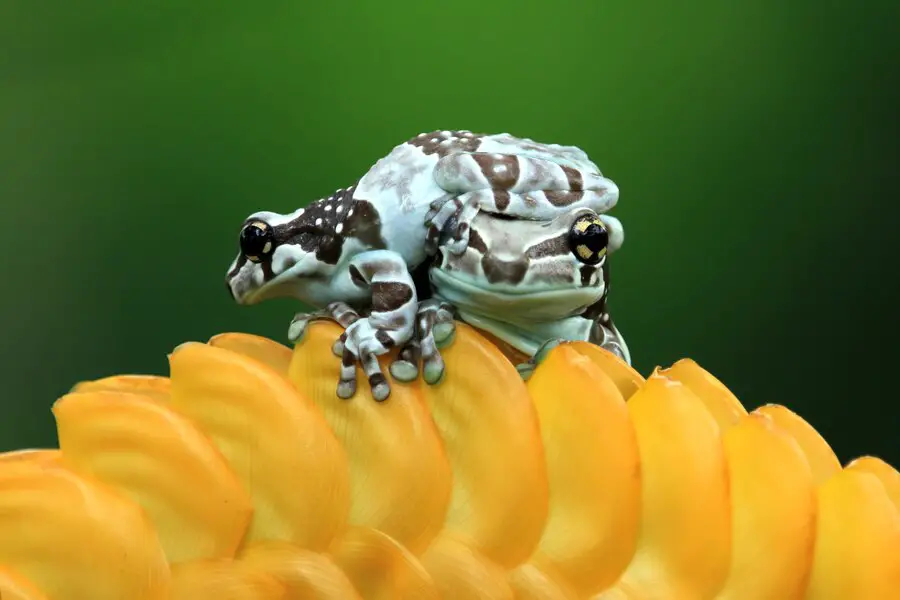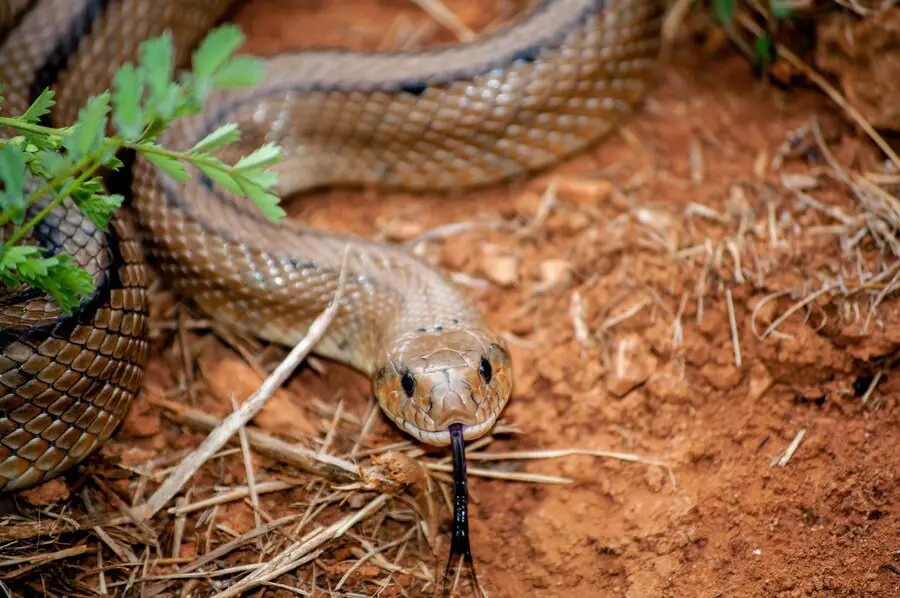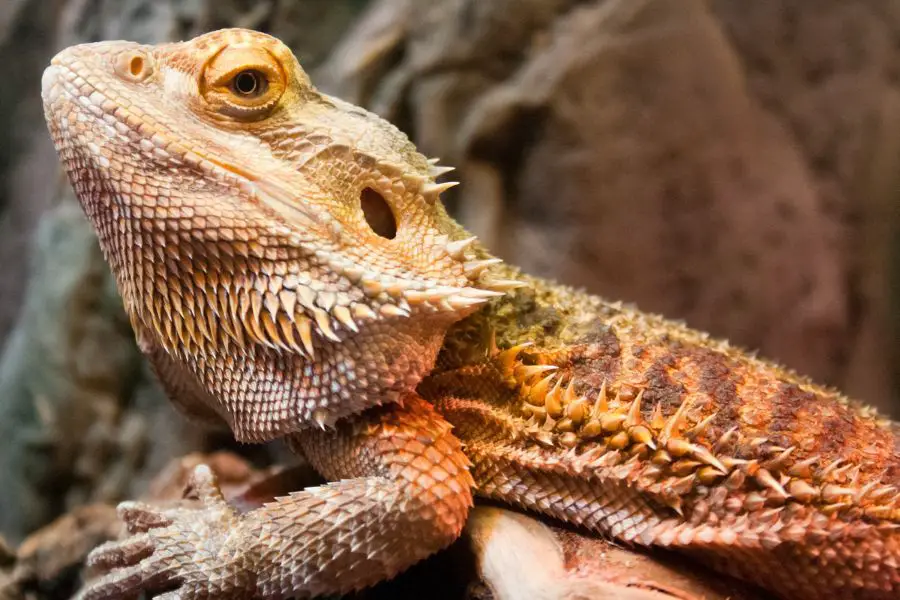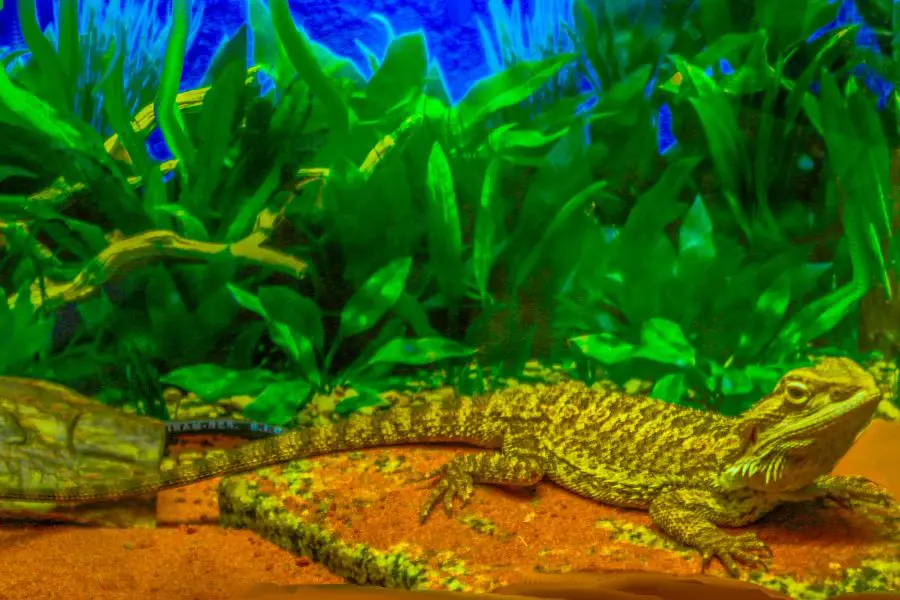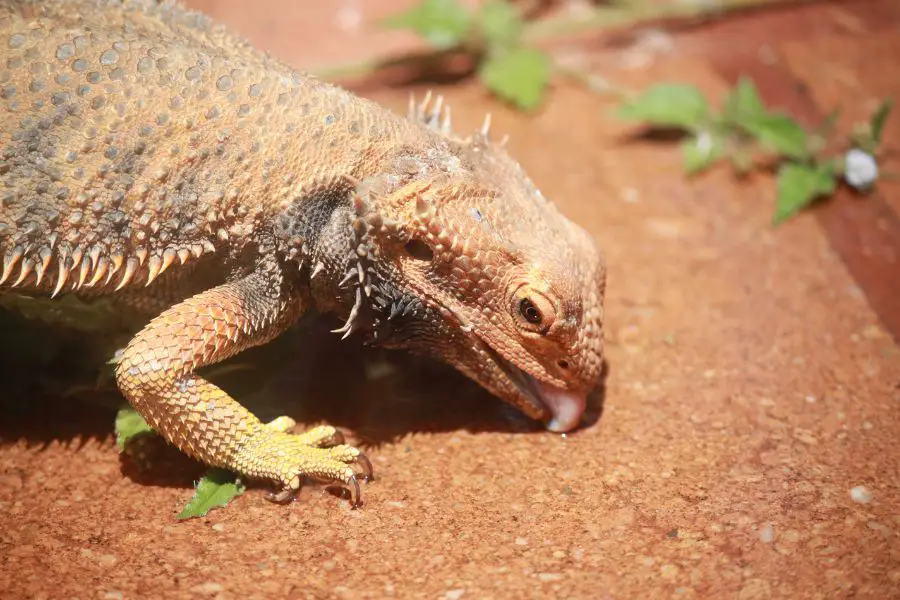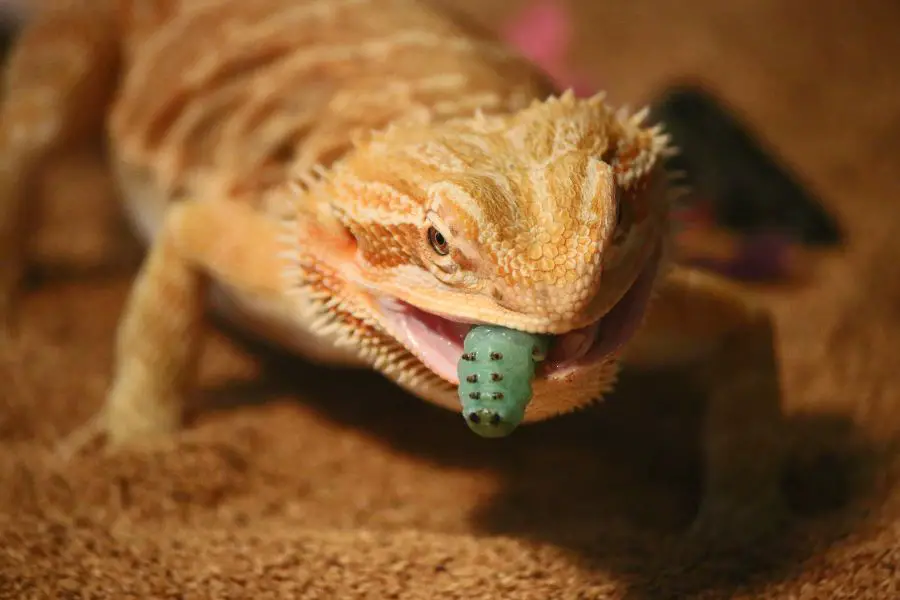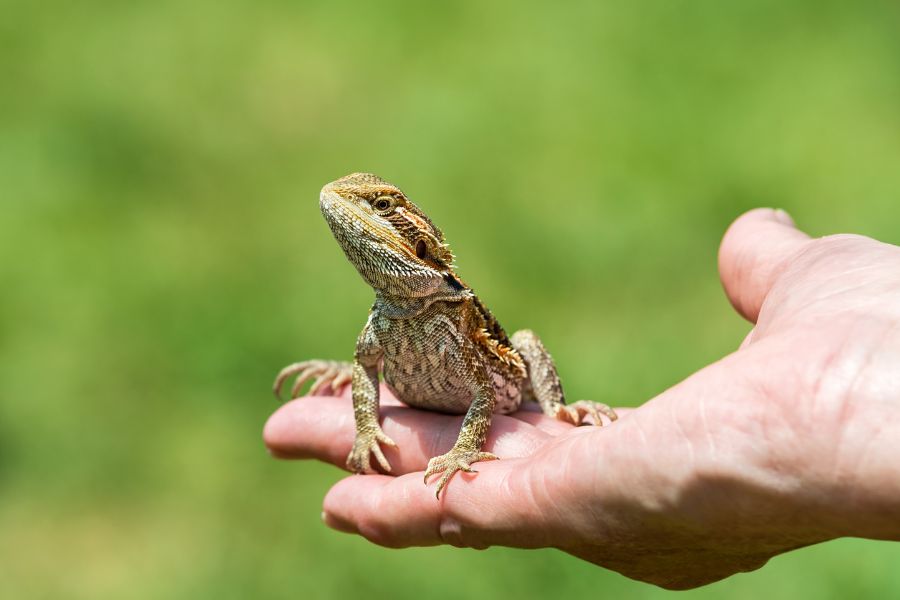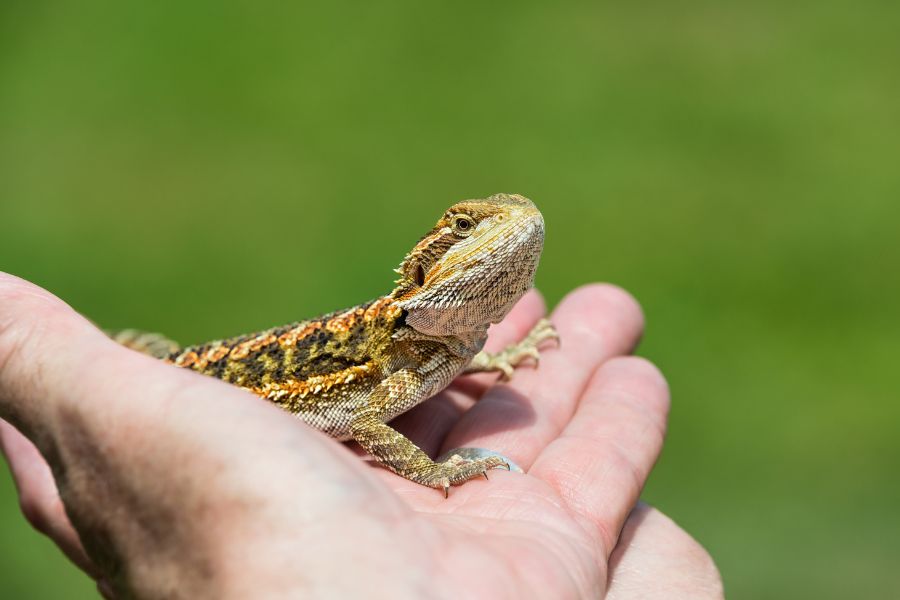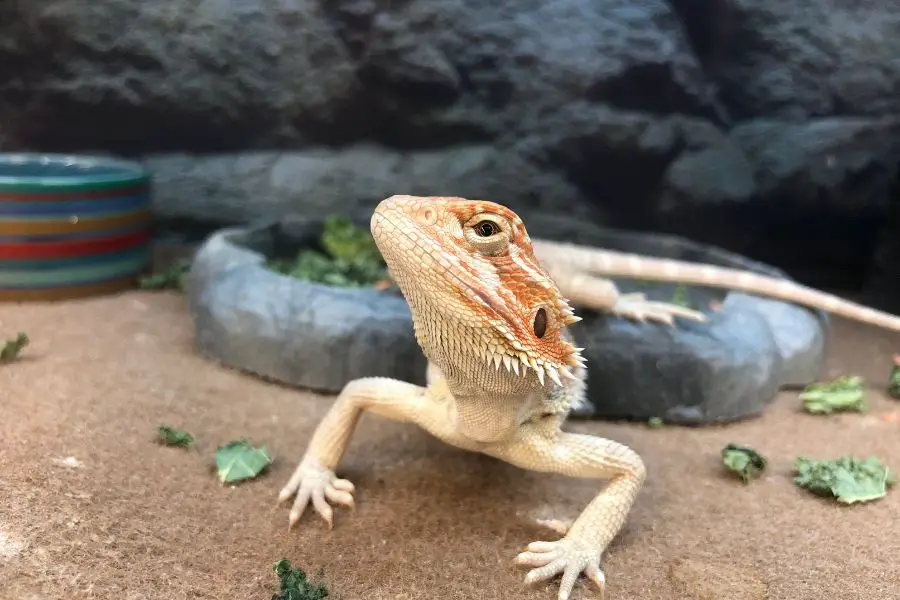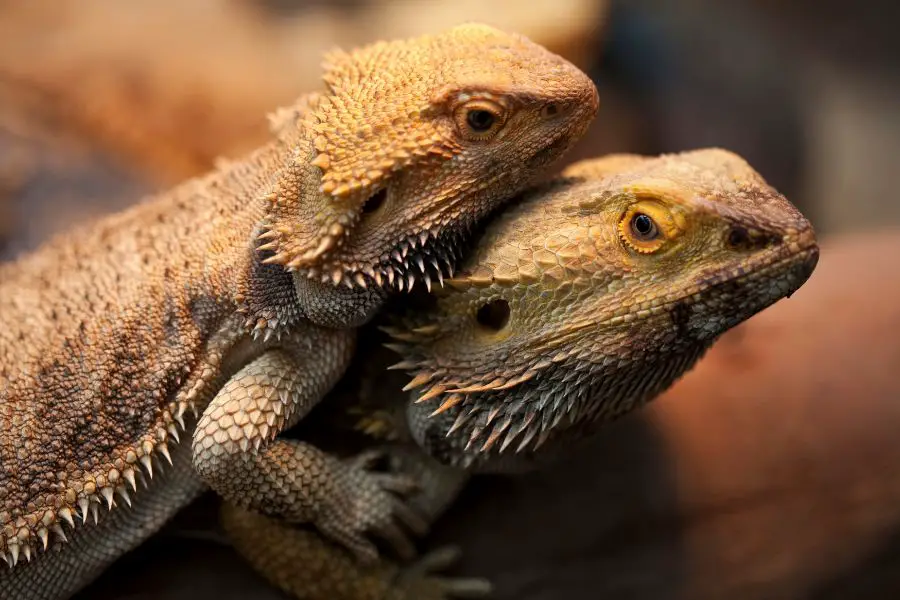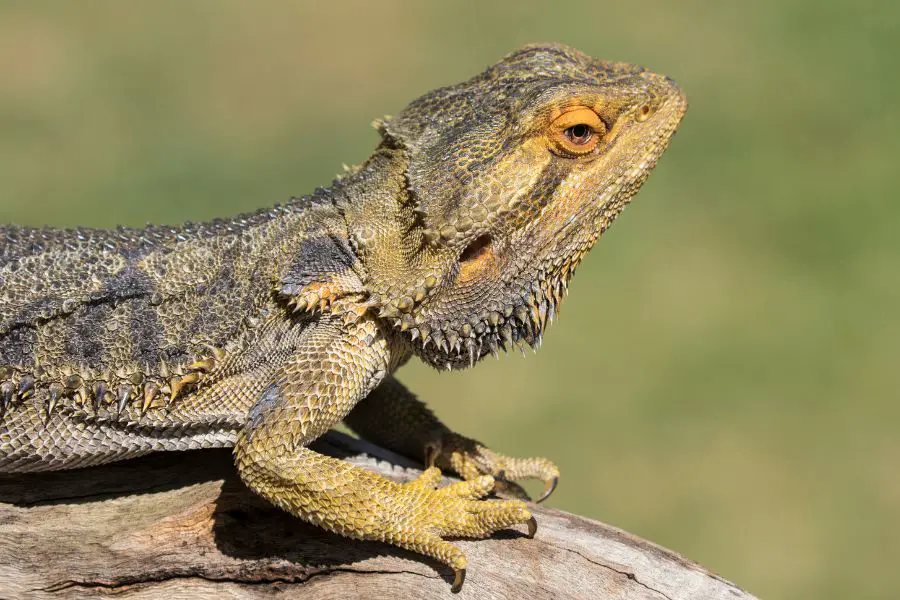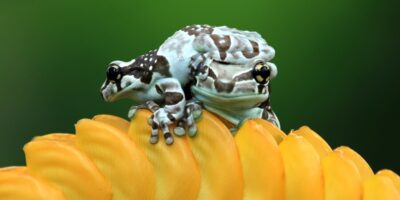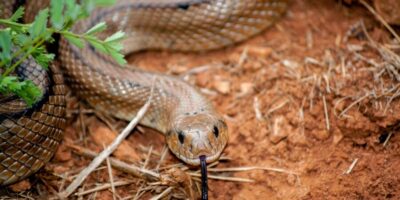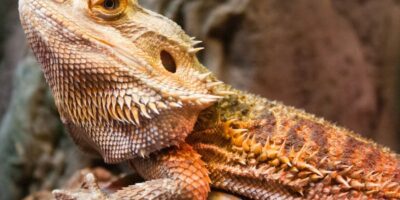Welcome to a journey into the fascinating behaviors of bearded dragons, with a particular focus on the enigmatic wave gesture. These scaly companions have captured the hearts of reptile enthusiasts with their unique actions, and the purpose behind their distinctive wave has intrigued caregivers worldwide. In this blog post, we delve into the intricacies of this behavior, exploring its variations, possible interpretations, and the context in which it occurs. Join us as we unravel the mysteries of the bearded dragon wave, shedding light on its meaning and significance within the realm of these captivating reptiles.
Waving Behavior
The waving behavior of bearded dragons is a captivating display that adds a layer of intrigue to their communication repertoire. This distinctive gesture involves a lifting and lowering of one of their forelimbs, often resembling a slow, deliberate wave. The wave can manifest in various forms—some dragons exhibit a slow and deliberate motion, while others may opt for a faster, more animated approach. It can be a single wave or a repeated sequence, each holding unique significance.
Understanding when and where the wave commonly occurs provides essential context. Often observed during encounters with other dragons or even human caregivers, the wave is a versatile behavior that can unfold in different situations. By delving into the nuances of this behavior, we gain valuable insights into the social dynamics and communication strategies of bearded dragons, unlocking a deeper understanding of their captivating behaviors.
Possible Interpretations Of The Wave
The wave in bearded dragons holds the potential for intriguing interpretations, and one notable aspect is its role in communication with other dragons. This unique gesture is often seen during interactions between dragons, suggesting a form of non-verbal communication within their social dynamics. The wave may serve as a signal of acknowledgment, submission, or a means of establishing hierarchy among individuals.
Observing this behavior in the context of their interactions provides valuable insights into the intricate ways these reptiles communicate within their social groups. By exploring the possible interpretations of the wave, caregivers can deepen their understanding of the complex and nuanced behaviors that contribute to the social dynamics of bearded dragons.
Sign Of Submission Or Recognition
The bearded dragon’s wave, characterized by a lifting and lowering of one forelimb, holds dual significance. Firstly, it can be interpreted as a sign of submission or recognition in the context of interactions between dragons. This gesture often plays a role in establishing social hierarchy and maintaining harmony within their community. Secondly, the wave extends beyond dragon-to-dragon communication; it transcends species barriers and may also be observed during interactions with human caregivers.
In these instances, the wave becomes a unique form of acknowledgment, signifying a level of recognition and acceptance, forging a connection between the dragon and its human caretaker. Understanding these dual aspects adds depth to the nuanced communication repertoire of bearded dragons in both their social interactions and relationships with those who care for them.
Factors Influencing Waving Frequency
The waving frequency among bearded dragons can vary significantly, and several factors contribute to these individual differences. Age, for instance, plays a role, as younger dragons may wave more frequently as part of their learning and socialization process. Gender differences also come into play, with males often exhibiting more pronounced waving behaviors, especially during courtship displays. Additionally, temperament plays a crucial role—some dragons may naturally be more expressive, while others may be reserved in their gestures.
The environment and overall health of the dragon also influence waving frequency. A content and secure dragon in an enriching environment may display less frequent waving, while stressors or changes in their surroundings could prompt increased waving as a form of communication or adaptation.
Recognizing and respecting these individual differences enhances our understanding of bearded dragon behavior, allowing caregivers to tailor their care and interactions based on the unique characteristics of each scaly companion.
Recognizing Patterns
The waving behavior in bearded dragons is intricately linked to their age, gender, and temperament. Younger dragons may exhibit more frequent waving as they navigate the learning curve of social interactions. Gender differences also play a role, with males often showcasing more pronounced waving, especially during courtship.
Temperament, a key factor, contributes to individual variations in waving. Some dragons may naturally be more expressive, while others might be reserved in their gestures. Recognizing these influences allows caregivers to appreciate the unique characteristics of their dragon.
By keenly observing and recognizing patterns in waving behavior, caregivers can gain valuable insights into their dragon’s personality and emotional state. This understanding fosters a stronger connection, enabling caregivers to respond more effectively to the individual needs and behaviors of their scaly companions.
Deciphering The Waving Behavior
Deciphering the waving behavior in bearded dragons becomes more nuanced when considering it alongside other gestures such as head bobbing, tail raising, and various body postures. Each gesture contributes to their complex communication repertoire, offering insights into their mood and intentions. Understanding the context in which these behaviors occur is crucial for a comprehensive understanding.
Caregivers must distinguish between normal behaviors, indicative of contentment or recognition, and signs of distress or illness. By contextualizing these gestures, caregivers can navigate the intricacies of their dragon’s communication, ensuring a holistic interpretation that fosters a deeper connection and facilitates prompt attention to any potential health concerns.
Encouraging Positive Interactions
When confronted with the enigmatic waving behavior in bearded dragons, caregivers play a pivotal role in fostering a positive and communicative environment. Encouraging positive interactions by responding calmly and gently to the wave reinforces a sense of trust and acknowledgment between the caregiver and the dragon. Ensuring a comfortable environment, with familiar surroundings and minimal stressors, further encourages natural behaviors and healthy communication.
If the waving behavior raises concerns or appears unusual, seeking professional advice becomes paramount. Consulting with a veterinarian experienced in reptile care can provide insights into the specific needs and well-being of the dragon. Whether through encouragement, environmental adjustments, or professional guidance, caregivers actively contribute to the well-rounded care and understanding of their scaly companions, ensuring a harmonious and enriching relationship.
Common Myths And Misconceptions
The waving behavior in bearded dragons often sparks common myths and misconceptions that warrant clarification. Addressing popular misunderstandings is crucial for responsible pet ownership. One common myth is associating the wave solely with submission or distress, overlooking the diverse contexts in which it occurs.
Dispelling the notion that excessive waving is always indicative of stress helps caregivers interpret their dragon’s behavior more accurately. Another misconception involves attributing waving solely to dragons’ interaction with each other, overlooking its potential role in human-drn-dragon communication. By debunking these myths, caregivers can approach the waving behavior with a more informed perspective, promoting a deeper understanding of their dragon’s actions and fostering a positive environment based on accurate interpretations.
Dispelling Myths
Dispelling myths surrounding bearded dragon behavior is essential for responsible ownership. Promoting accurate interpretations of dragon behavior allows caregivers to provide optimal care tailored to their unique needs. By debunking misconceptions, such as associating waving solely with distress or limiting its interpretation to dragon-dragon communication, caregivers can approach their dragon’s actions with a more informed perspective.
This accurate understanding fosters a positive environment, strengthening the bond between caregivers and their scaly companions. Responsible ownership hinges on dispelling myths, embracing accurate knowledge, and appreciating the diverse ways in which these remarkable reptiles communicate and express themselves. agon communication.
By debunking these myths, caregivers can approach the waving behavior with a more informed perspective, promoting a deeper understanding of their dragon’s actions and fostering a positive environment based on accurate interpretations.
Real-life Experiences
Real-life experiences from bearded dragon owners offer a captivating glimpse into the diverse world of dragon behavior. Sharing anecdotes and personal stories creates a rich tapestry of observations, shedding light on the uniqueness of waving among different dragons. Each dragon’s personality and the context of their interactions contribute to a varied and fascinating array of behaviors.
These shared stories not only provide valuable insights into the intricacies of waving but also foster a sense of community among caregivers. By exchanging experiences, caregivers not only learn from one another but also form a supportive network, enhancing their collective understanding of bearded dragon behavior and strengthening the bonds within this community of reptile enthusiasts. from bearded dragon owners offer a captivating glimpse into the diverse world of dragon behavior. Sharing anecdotes and personal stories creates a rich tapestry of observations, shedding light on the uniqueness of waving among different dragons.
Each dragon’s personality and the context of their interactions contribute to a varied and fascinating array of behaviors. These shared stories not only provide valuable insights into the intricacies of waving but also foster a sense of community among caregivers. By exchanging experiences, caregivers not only learn from one another but also form a supportive network, enhancing their collective understanding of bearded dragon behavior and strengthening the bonds within this community of reptile enthusiasts.
Conclusion
In conclusion, decoding the waving behavior in bearded dragons unveils a complex and nuanced form of communication. Key takeaways include recognizing individual differences influenced by age, gender, and temperament, as well as deciphering waving in conjunction with other behaviors for a comprehensive understanding. Dispelling myths promotes responsible ownership, fostering a positive environment based on accurate interpretations.
Real-life experiences from dragon owners contribute to a diverse tapestry of behaviors, enhancing our collective understanding. Emphasizing the need for attentive observation and understanding ensures a more profound connection with these scaly companions. Readers are encouraged to share their own observations, contributing to the evolving knowledge base of bearded dragon behavior and fostering a community of informed and engaged caregivers.
